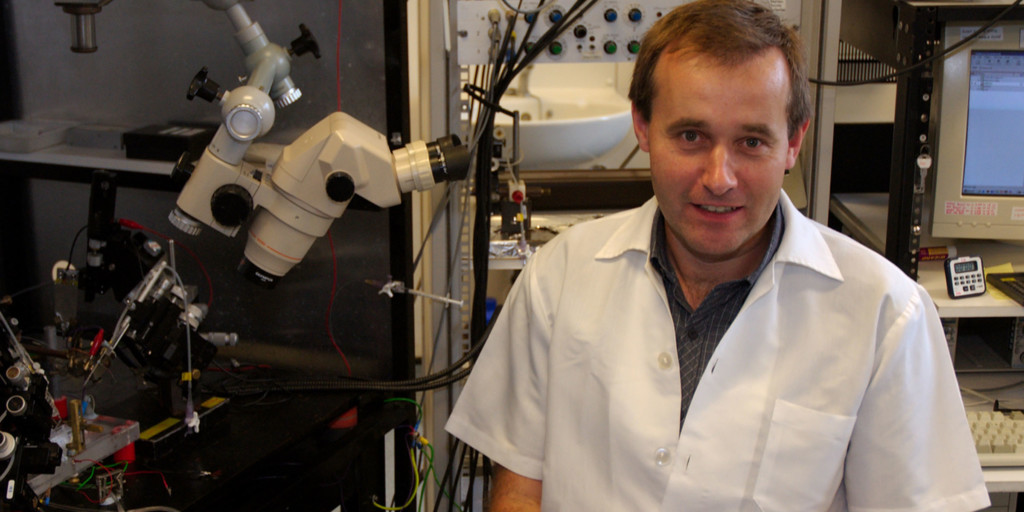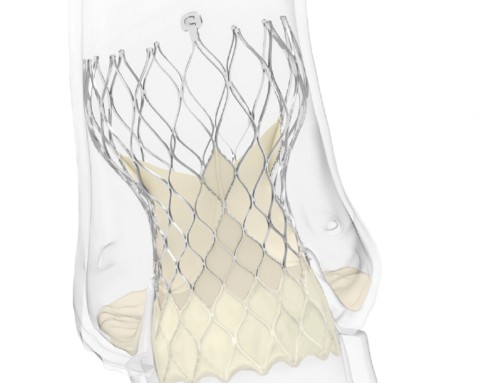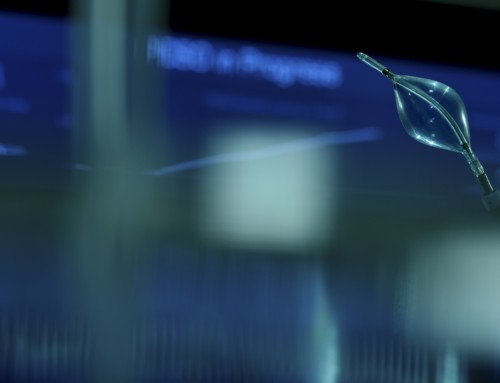
Julian Paton
Erin O’Callaghan (School of Physiology, Pharmacology and Neuroscience, Biomedical Science, University of Bristol, Bristol, UK) and others report in the Journal of Physiology that enhancing respiratory sinus arrhythmia (RSA) improved cardiac function in rats with induced heart failure. They note that this finding gives a “tantalising demonstration of the physiological relevance of RSA”. Study author Julian FR Paton (Department of Physiology, Faculty of Medicine and Health Sciences, University of Auckland, Grafton, New Zealand) talks to BIBA Briefings about the results of the study and what they might mean for future approaches to cardiac pacing.
What are the limitations of the way that current pacemakers modulate the heart rate?
Current pacemakers stimulate the heart to make it beat metronomically—meaning that it beats without variation 24/7. This is not normal for a human heart. In the healthy heart, the heartbeat shows variability when at rest, or during exercise or when a person is asleep. We believe that loss of variability is not good for the heart and might explain cases in which patients’ heart failure deteriorates when being paced. Indeed, metronomic pacing does not cure heart failure and in most cases only slows the declining process.
What is RSA and why might enhancing it be beneficial for patients with heart failure?
One of the major contributors to the variability in heart rate is breathing. Every breath taken is accompanied by a change in heart rate. When you inhale, heart rate speeds up and when you breathe out, the heartbeat slows. This is RSA; it is a sign of good health and vitality. Loss of RSA (i.e. variability in heart rate) is an early prognostic indicator for cardiovascular diseases and increases the risk of a cardiovascular event.
We do not have all the answers as to why RSA appears beneficial to the heart. Our paper in the Journal of Physiology clearly demonstrated, for the first time, that RSA improved heart pumping efficiency when compared with standard metronomic heart pacing. Therefore, we believe RSA-induced benefit is caused by improved haemodynamics of coupling the surges in blood returning to the heart (so called “venous return”) with the increase in heart rate giving better pump output. Note that the venous return increases because of the changes in the pressure within the thorax due when breathing in. Another possibility is that RSA improves blood flow to the heart muscle itself, thereby improving strength and repair of damaged tissue. This has to be tested experimentally and is underway in our research laboratory.
How did you enhance RSA in your study?
We used a novel analogue (i.e. not digital) device; in fact, it is an artificial “brain cell”. This device is unique because it not only paces the heart but listens to and integrates incoming information about the breathing cycle. It knows when inspiration and expiration is occurring and can pace the heart up and down accordingly. This is the only device in the world that can pace the heart with RSA.
What were the results of your study?
Using RSA pacing in rats with heart failure for two weeks, we discovered a 21% increase in pump output when compared to metronomic, standard pacing. This is a spectacular increase because only a 5% increase in heart pumping performance would be expected from optimal pharmacological and pacing (metronomic) therapy from the clinic.
What are the next steps for evaluating respiratory modulated heart rate pacing?
To move the device into a large animal model with heart failure (sheep) and demonstrate an improvement in pumping efficacy and show that this improves exercise tolerance and stamina—something all patients with heart failure would love to have back. We will also use functional MRI and transcriptomics to understand how RSA pacing improves heart performance. We will miniaturise the device and prepare for testing the device in humans in the future. We will continue to raise money for this first-in-human clinical trial in patients with heart failure.
If further trials, including eventually human trials, prove successful, what do you think would be the key applications of a device that could enhance RSA?
In addition to its application to patients with heart failure with reduced ejection fraction, we believe it could also provide novel treatments for patients with sleep apnoea (many of whom have heart failure) and for patients requiring cardiac resynchronisation therapy where the ventricles are not beating in a coordinated manner. We also believe it will have utility for patients with heart failure with preserved ejection fraction; a condition which severely impedes the ability to exercise and for which there is no therapy whatsoever.





